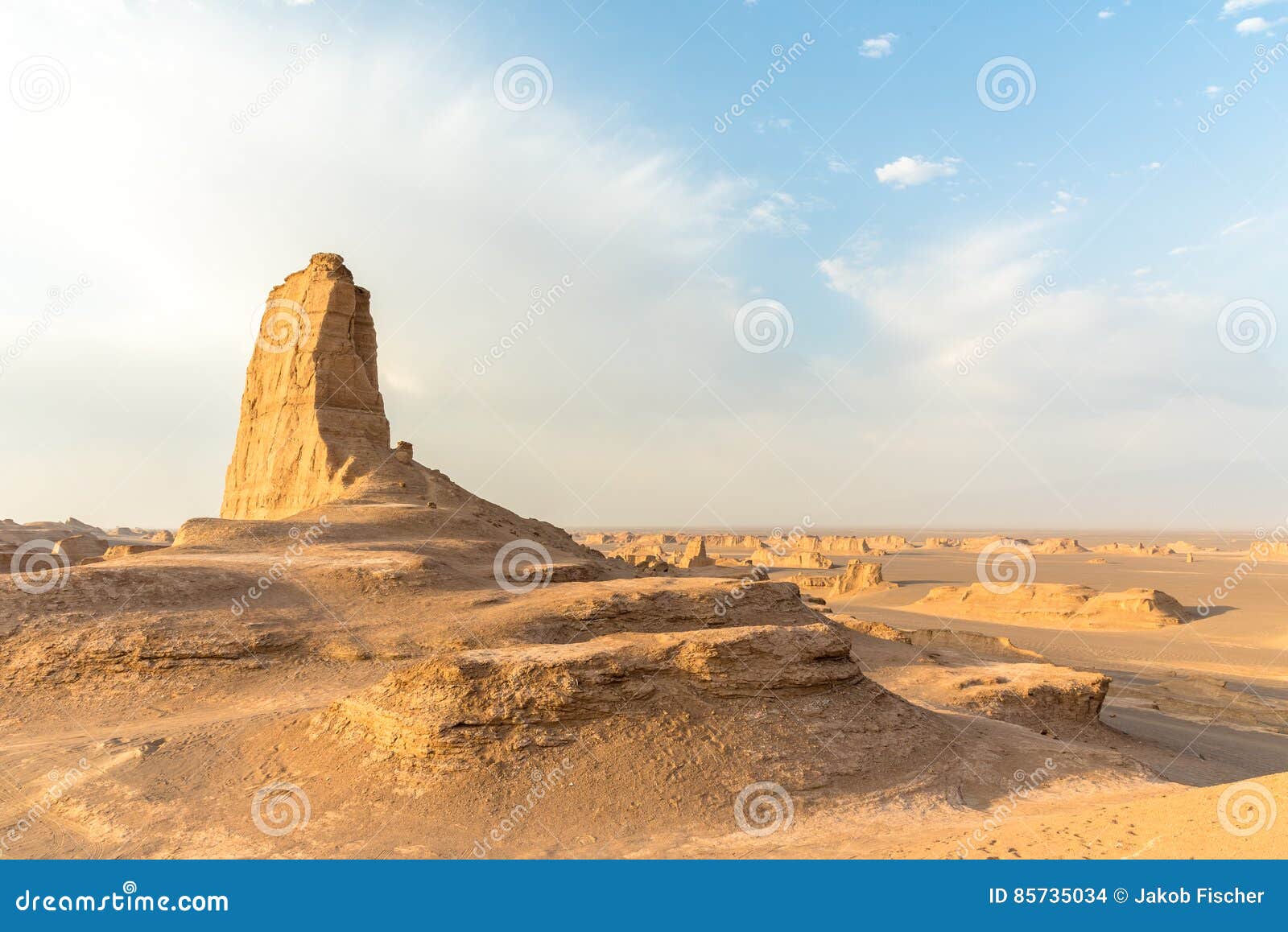

At times, semi-deep wells are dug to get water. Water is not easily accessible in every area of the desserts. People and animals live in the areas where water can be found in springs or through the ancient technique of making underground aqueducts called kariz ( Qanat). It is water that makes people stay in any one area within the desert. It is water that determines what life is like in the deserts. Therefore, wood-made walls are built and shrubs and trees are planted to prevent destruction from the wind. Since these regions are always open to winds and there are not sufficient plants to preserve soil, wind erodes the earth. Because of this, there is never a good enough balance of soil and water for plants to grow. It usually rains in the winter and sometimes washes away the soil. During summer, it decreases, at times, down to 0%. The annual relative humidity is below 30%. The conditions in the desserts are so severe that they are intolerable year-around.

Temperature varies among the varying altitudes. Some of the ecological features of the deserts in Iran are strong sunshine, relatively little humidity, little rainfall and excessive vaporization. From a structural point of view, Dasht-e-Kavir is very different form Kavir-e-Lut. The difference of temperature between days and nights during a year in Dasht-e-Kavir is between 0 and 70 degrees C. At times, this phenomenon forms long sand hills of 40m high. The major part of Dasht-e-Kavir is covered with sand and pebbles and exposed to strong winds and storms that set salt-combined sand in motion like sea waves. The minimum altitude of this desert is 400 m ASL. In Kavir-e-Lut, large amounts of sand always move southward, forming sand hills and running sand masses.ĭasht-e-Kavir is a geological pit almost at the north of Kavir-e-Lut. The average altitude of this desert is almost 600m above sea level (ASL) and the lowest point near “khabis” is almost 300m ASL. Broken layers of the earth formed it. The maximum annual rainfall is approximately 100 mm. These are just among some of the special attractions of this area.Kavir-e Lut ( Lut Desert) is the largest pit inside the Iranian plateau and one of the largest pits in the world. Large sand and gravel areas with a light brown to gray and black color spectrum.The Salt Khor lake which is on the way from Isfahan to Tabas.World’s tallest sand dunes, some of which are about 250 feet high and are among the tallest in the world.The region of Shahdad a very valuable place both naturally and historically.
Dasht e lut cracked#
These include salts left over from desert rivers, multi-faceted cracked shells, gypsum domes, small salt spots, and carnivorous salts.


 0 kommentar(er)
0 kommentar(er)
